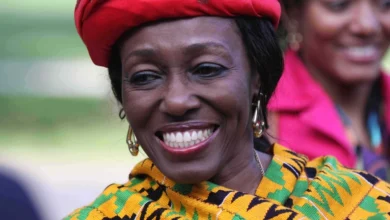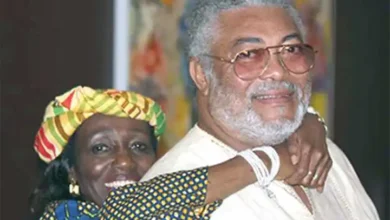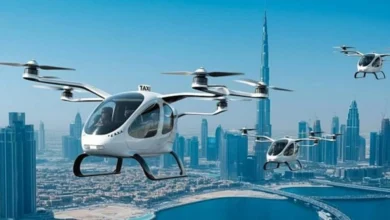
From Ashoka Chakra to Freedom Strides: India’s 78th Independence Day
As India celebrates its 78th Independence Day, the tricolor stands tall as a powerful symbol of the nation’s journey to freedom and unity. This iconic flag, with its deep-rooted history and profound symbolism, has become an emblem of India’s sovereignty, diversity, and patriotic spirit. The tricolor’s significance extends far beyond its vibrant hues, embodying the values and aspirations of over a billion people.
The Indian national flag has a rich legacy that traces back to the struggle for independence led by visionaries like Mahatma Gandhi and the Indian National Congress. Its design, carefully crafted to represent the nation’s core principles, has an influence on the hearts of Indians worldwide. As the country prepares for another momentous celebration, the tricolor takes center stage in festivities across the nation, from the grand ceremony at the Red Fort where the Prime Minister addresses the nation, to countless flag-hoisting events in schools, government buildings, and homes. This article explores the tricolor’s journey, its symbolism, and the ways in which it continues to unite the diverse tapestry of Indian society during Independence Day celebrations.
Historical Context of India’s Independence
Freedom Struggle
The Indian independence movement evolved over decades, driven by a vision of economic development and democratic values. It began in Bengal and gained momentum through the Indian National Congress. Leaders like Mahatma Gandhi, Jawaharlal Nehru, and Subhas Chandra Bose played pivotal roles. The struggle encompassed various strategies, from non-violent civil disobedience to more radical approaches.
Key Events Leading to Independence
Significant milestones included the 1857 Rebellion, the formation of the Indian National Congress in 1885, and the Lucknow Pact of 1916. The Non-Cooperation Movement, Salt March, and Quit India Movement were crucial in mobilizing the masses. World War II accelerated the process, with the Indian National Army’s formation adding pressure on the British.
Partition and Its Impact
The partition of India in 1947 resulted in the creation of two nations: India and Pakistan. This division, outlined in the Indian Independence Act, led to massive population exchanges and communal violence. The partition caused unprecedented migration, with an estimated 14-18 million people displaced and around one million lives lost. It has an influence on the geopolitical landscape of South Asia.
The Tricolor as a Symbol of Unity
Diversity in Design
The Indian national flag, adopted on July 22, 1947, represents the nation’s unity in diversity. Its three horizontal bands of deep saffron, white, and dark green symbolize strength and courage, peace and truth, and fertility and growth, respectively. The Ashoka Chakra, a navy blue wheel in the center, represents the eternal wheel of law and progress.
Representation of Different Communities
Initially proposed by Gandhi in 1921, the flag’s design evolved to include all communities. The original red and green bands, representing Hindus and Muslims, were modified to saffron and green. A white band was added to represent other religious communities and peace between them. This inclusive design aims to unite India’s diverse population under one symbol.
National Integration Through the Flag
The tricolor has an influence on fostering national integration. It embodies the hopes and aspirations of all Indians, transcending religious and cultural differences. Prime Minister Modi emphasized that the flag reflects India’s past pride, present commitment, and future dreams. The “Har Ghar Tiranga” campaign encourages citizens to hoist the flag, promoting a sense of shared identity and patriotism across the nation.
Celebrating Independence Day
Flag Hoisting Ceremony
The tricolor takes center stage as India celebrates its 78th Independence Day. Prime Minister Narendra Modi will hoist the national flag at the Red Fort in New Delhi at 7:30 am. Across the country, flags will be raised in schools, offices, and public spaces, symbolizing India’s freedom and unity.
Prime Minister’s Address
Following the flag hoisting, Prime Minister Modi will deliver his 11th consecutive Independence Day speech from the Red Fort. This address is a significant moment in the celebrations, outlining the nation’s achievements and future aspirations. The speech is expected to cover a wide range of topics, including education, employment, and infrastructure development.
Nationwide Festivities
Independence Day celebrations extend beyond the capital. In Srinagar, streets are illuminated with the tricolor, creating a vibrant atmosphere. The Indian Coast Guard conducted an underwater flag-hoisting ceremony as part of the Har Ghar Tiranga campaign. In Leh Ladakh, Army personnel embarked on a Tiranga Yatra, marching from Col. Rinchen’s Memorial to the Hall of Fame.
As India marks its 78th Independence Day, the tricolor continues to be a powerful symbol of unity and national pride. The flag’s journey from a rallying point during the freedom struggle to a unifying force in modern India shows its lasting impact. Its design, carefully crafted to represent all communities, has an influence on fostering a sense of shared identity among India’s diverse population. The nationwide celebrations, from the grand ceremony at the Red Fort to local flag-hoisting events, highlight the tricolor’s role in bringing people together.
The tricolor’s significance goes beyond its visual appeal, embodying the values and aspirations of over a billion Indians. As the nation reflects on its past and looks to the future, the flag stands as a reminder of the country’s hard-won freedom and its ongoing journey towards progress. The “Har Ghar Tiranga” campaign and other initiatives to promote the flag show its enduring relevance in strengthening national integration. In essence, the tricolor remains a vibrant symbol of India’s unity in diversity, inspiring generations to uphold the ideals of freedom, justice, and equality.






[…] Prime Minister Narendra Modi has achieved a remarkable diplomatic milestone by becoming the second foreign leader to receive Nigeria’s highest civilian honor, the Grand Commander of the Order of Nigeria (GCON). Queen Elizabeth II stands as the only other foreign recipient of this prestigious recognition. The African nation bestowed this highest civilian decoration during Modi’s recent state visit. […]
[…] remarkable community that challenges common perceptions of Indian identity exists within India’s mixture of cultures. The Siddi people have made India their home […]